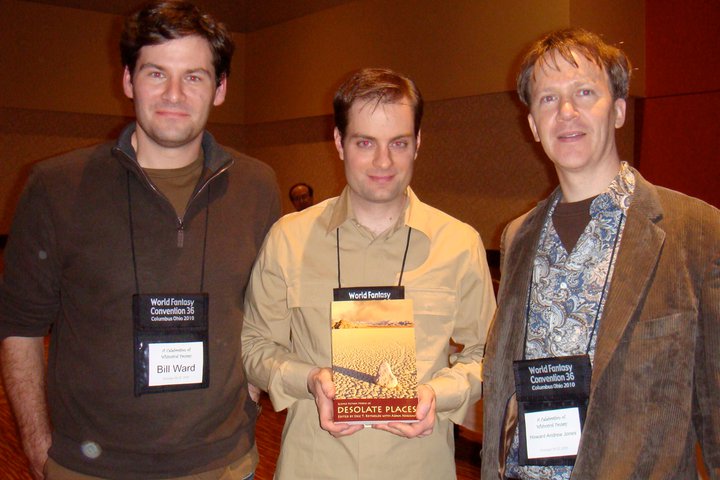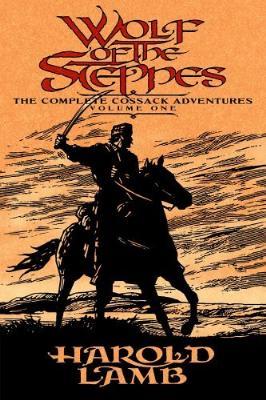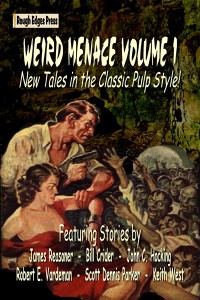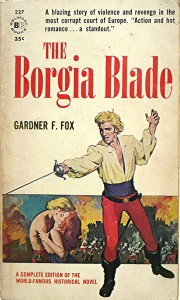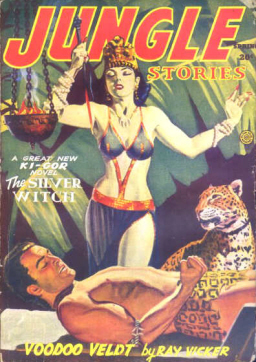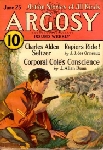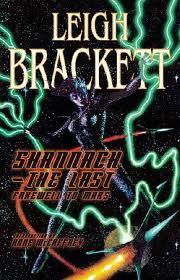Conan Re-Read Plans
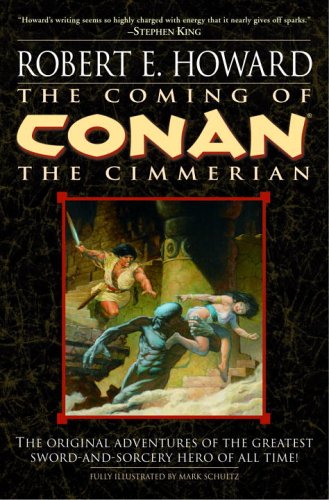 Bill and I have been exchanging notes about what to read next following The Coming of Conan. After tackling a whole pile of Lord Dunsany texts and a big stack of Fritz Leiber’s Lankhmar adventures we were struck both times by fatigue from reading work by just one writer. We’re not sure we’ll feel that way with REH because many of those Conan stories yet before us are the most sophisticated and polished.
Bill and I have been exchanging notes about what to read next following The Coming of Conan. After tackling a whole pile of Lord Dunsany texts and a big stack of Fritz Leiber’s Lankhmar adventures we were struck both times by fatigue from reading work by just one writer. We’re not sure we’ll feel that way with REH because many of those Conan stories yet before us are the most sophisticated and polished.
And that’s why we’ve decided to keep on going through the rest of them, even though, as Bill pointed out in one of our recent reviews, most are a LOT longer. We might try splitting discussion of some of the lengthier yarns up over the course of a couple of weeks, but we’ll try not to do that. If the real world gets super busy, we might have to have a catch-up week where we discuss Conan comics or movies or something as we’re reading the next story.
